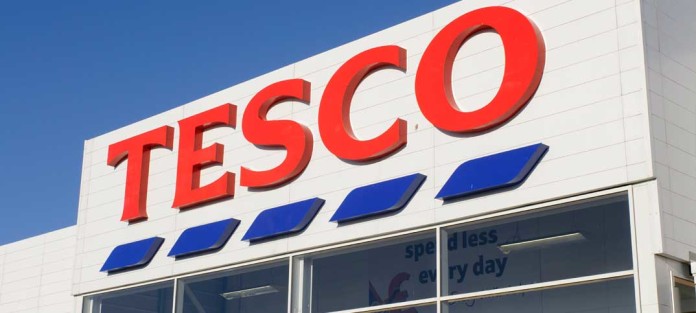A key statistic that determines promotional spending is ‘poppycock’, Nick Shanagher discovers.
[quote_box_right]
How much sales uplift will you need?
Here is a simple procedure to follow when planning a promotion to work out if you’ll break even:
- Take your current gross margin and write it as a number. For example, write 25% as 25.
- Write your discount as a number. If it’s 10%, write 10.
- Subtract your discount from your margin. For us, 25-10 = 15.
- Divide the gross margin by this number to get the sales increase you’ll need if you want to break even – in our case, that’s 25/15= 1.66 or an uplift of 66%. Of course, if the discount offered is greater than the margin, no amount of uplift in sales will deliver a profit!
Source: The Shopper Marketing Revolution
[/quote_box_right]
Commercial income driven by a focus on profit has ‘clouded our purpose’, Dave Lewis, chief executive of Tesco, told City analysts in April. This did not spell the end of back margin for the supermarket giant, but was merely an announcement that the number of ways it will seize it will be restricted to three – in future, Tesco will only take money from suppliers to grow sales, recoup costs if there are problems, and allocate shelf space.
Back margin is a lucrative business. How much is it worth to Tesco? Perhaps as much as its entire trading profit of £1.4bn last year.
Back margin is the river of cash that sets the big four grocers apart from their competitors in the food wholesale channel. Wholesalers pitch for back margin all the time but struggle to present as coherent an argument for investment as Tesco, with its Clubcard data on shoppers.
However, now may not be the time to win the argument, as a new generation of retail consultants offers smarter alternatives to listing fees and their ilk. As Toby Desforges and Mike Anthony explain in The Shopper Marketing Revolution, the problem is that while 70% of back margin deals lose money for the manufacturers and supermarkets benefit from 75% of them, an astonishing 10% of deals lose money for both parties.
In the book, the authors traces the problem back to a dodgy statistic. In 1995, POPAI, the global association for marketing at retail, said that 70% of purchasing decisions were made at the point of purchase; this was refined 10 years later into Procter & Gamble president Alan Lafley’s ‘first moment of truth’ – the point when shoppers decide in-store whether they will buy your brand.
The authors say this statistic is ‘poppycock’. Nevertheless, as much as 10% of retail sales value is spent on in-store promotion and the way that consumer packaged goods (CPG) companies are set up means that changing this will be difficult.
One issue is that CPG marketing teams deal with consumers while it’s the sales teams that deal with retailers.
As marketing people – the ones who might understand findings about shoppers – are ring-fenced away from the retail point of purchase, the sales teams are the ones caught in a Catch 22 loop. Every year, they are asked to deliver growth. The previous year they ran a big promotion that accounted for a big volume of sales so this year’s projection has to include that promotion plus some more.
The sales team has no research budget and no time to research what is going on, so it becomes incredibly hard for shopper marketers and salespeople to hit their results without replicating last year’s activity. As a result, the market becomes all about price.
Does this work? The authors say it doesn’t. “In some categories, deal shoppers – who will never be loyal – soak up over 80% of a promotional budget. Much of the remaining 20% goes to people who would have bought the brand anyway.” In evidence, they point out that discounters’ market share is nowhere near 100%.
The source of retailers’ power was their control over the ‘first moment of truth’ – the idea that shoppers have no choice where to buy and that they are mainly influenced in-store about what brand to pick. This is disappearing.
What may replace it are greater awareness of the difference between consumers and shoppers, and marketing solutions that build more value.
Here, too, wholesalers may have to catch up with the multiples. As one marketer of a challenger food brand told me, wholesalers ask that new products are proved by the supermarkets before they will list them. Why is this? Partly, it is an excuse but it also shows that the big grocers are better at identifying and curating future consumer demand.








